The Public Domain Review
Feb.m 2018
Although often overshadowed by the escapades of her more famous husband (said by some to be the real-life inspiration for Indiana Jones), the photographs taken by Yvette Borup Andrews on their first expeditions through Central Asia stand today as a compelling contribution to early visual anthropology. Lydia Pyne looks at the story and impact of this unique body of images.
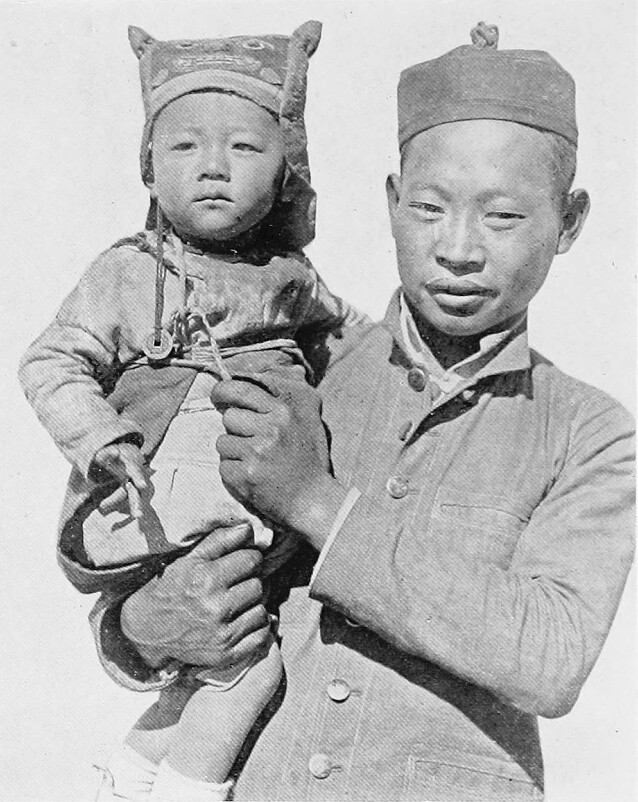
When reporters quizzed Yvette Borup Andrews about her honeymoon, which followed her high society marriage of 1914, the account she offered up was unusual to say the least.
We traveled 35,000 miles. We did 2000 of those miles on horseback. Mostly we slept in sleeping bags. The wolves howled about us, the wild dogs threatened, sometimes we followed a tiger to its lair and waited until it returned and shot it, so that a dangerous marauder might no longer threaten us at night. We were shot at by bandits, but neither of us were hurt. And we brought back 3000 specimens from the interior of Asia.1
The “honeymoon” was in fact the American Museum of Natural History’s First Asiatic Zoological Expedition — a pioneering exploration of China, Tibet, and Burma led by Yvette, as official photographer, and her naturalist husband Roy Chapman Andrews. Yvette’s photographs from the trip and the Second Asiatic Expedition two years later — published in Camps and Trails in China and Across Mongolian Plains respectively — not only offer a fascinating glimpse into the lives of Central Asians in the early twentieth century, but also give valuable insight into the world of ethnographic photography and how the American Museum of Natural History used the medium to connect its scientific expeditions with its interested public.
An American citizen born in Paris — her father was an American military attaché stationed in France and later in Berlin — Yvette grew up among the European intelligentsia and aristocracy before the outbreak of World War I. Years before the fame her Asiatic adventures would garner, Yvette would frequently make headlines back in the US due to her glamorous party lifestyle, socialising with the likes of Princess Victoria Louise, the daughter of Kaiser Wilhelm. In 1914, as Europe fell headlong into bloody war, she met and married Roy Chapman Andrews, a rising star at the American Museum of Natural History.
After their wedding, the couple promptly set about the business of embarking on the ambitious eighteen-month First Asiatic Zoological Expedition to China, Tibet, and Burma to collect zoological specimens and photograph the peoples and landscapes of Central Asia. At the beginning of the twentieth century, Central Asia piqued serious scientific curiosity across a plethora of disciplines from biology to paleoanthropology. Indeed, Roy had finagled funding for the First Asiatic Zoological Expedition in no small part because, in addition to collecting the zoological specimens, he promised to look for fossil hominin sites in Central Asia, an activity which aligned nicely with the pet theory of the American Museum of Natural History’s director, Henry Fairfield Osborn, about the origins of Homo sapiens being traceable to China. Yvette and Roy’s 1914 wedding announcement in the New York Times built up the romantic thrill of their upcoming adventures, declaring, “Within a year, Mr. Andrews plans to have his bride accompany him on an exploring expedition.”
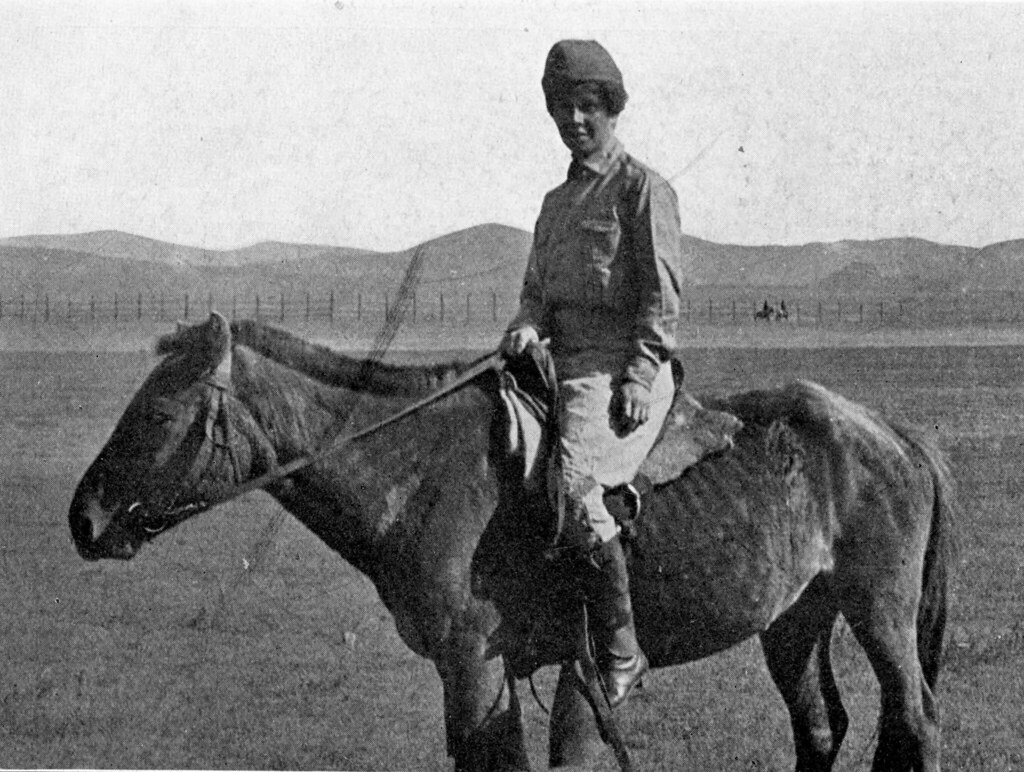
Yvette, however, did more than merely accompany her husband to Asia — she was the expedition’s photographer and amateur ethnographer. She had learned the basics of photography from her father while living in Europe, and then perfected her art through study in France, Germany, Italy, and New York. She was not only proficient in creating black-and-white prints, she was also adept at the then-relatively new color techniques like using Paget color plates; and she was also able to create motion pictures.
Her compelling series of images from the First Asiatic Zoological Expedition was published in 1918 in the extremely popular Camps and Trails in China. In addition to being formally credited as the expedition’s photographer, she was the author of six of the book’s chapters, including “The Women of China”, “Stalking Tibetans With a Camera”, and “Chinese New Year at Yung-Chang”. Roy relied heavily on Yvette’s journals and photographs in publishing his own popular accounts of their travels as well as establishing scientific credibility for ensuing expeditions to Central Asia in the following decade. When Roy published his immensely successful Across Mongolian Plains in 1921, there was little doubt that Yvette’s work was the backbone of the book. “My wife, who is ever my best assistant in the field,” he wrote, “was responsible for all of the photographic work of the expedition and I have drawn much upon her daily ‘Journals’ in the preparation of this book.”2
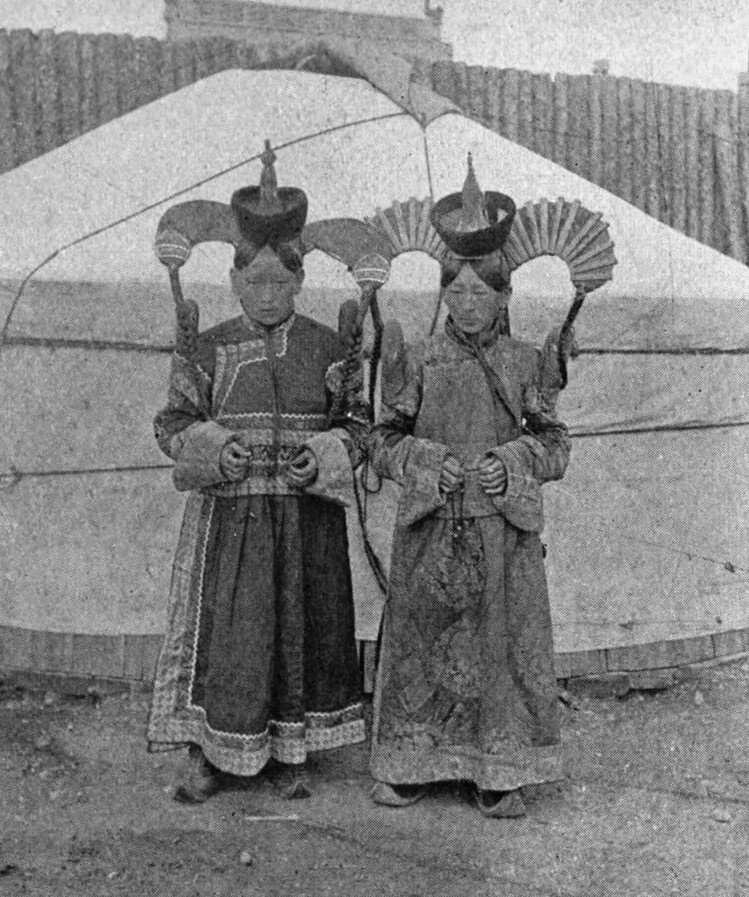
The photographs and swashbuckling tales of scientific escapades made for popular reading in the press and Yvette and Roy quickly developed a devoted paparazzi that saw them off whenever they left port in San Francisco and waited for them upon their return. on April 6, 1916, the Charlotte Observer ran a blurb about the couple with the subheading, “While Husband Is Shooting Wild Beasts With Rifle, Mrs. Chapman Andrews Will Take Her Chances With a Camera in the Interior of China and Tibet.”3 Newspaper accounts of the expeditions described in breathless detail how the couple survived wild dog attacks in Tibet and were ambushed and shot at by bandits in China.
The First Asiatic Zoological Expedition was a huge success. It amassed thousands of specimens for the American Museum of Natural History’s growing collections and the thrilling stories of Yvette and Roy’s adventures published so soon after the expedition guaranteed that donors would continue to sponsor the museum’s future expeditions to the region. And so in 1918 came the Second Asiatic Zoological Expedition, and again Yvette was to be the expedition’s photographer. Focusing its interest and collecting efforts in Mongolia and North China, this second expedition, and its ensuing success, would itself in turn lay the groundwork for the American Museum of Natural History’s famous fossil-hunting expeditions to Mongolia and the Gobi in the 1920s. Central to this success of both the First and Second Asiatic Expedition was the way in which Yvette’s arresting images acted as a conduit between the distant excursions and the public back home — through her photographs the expedition felt that much more real.
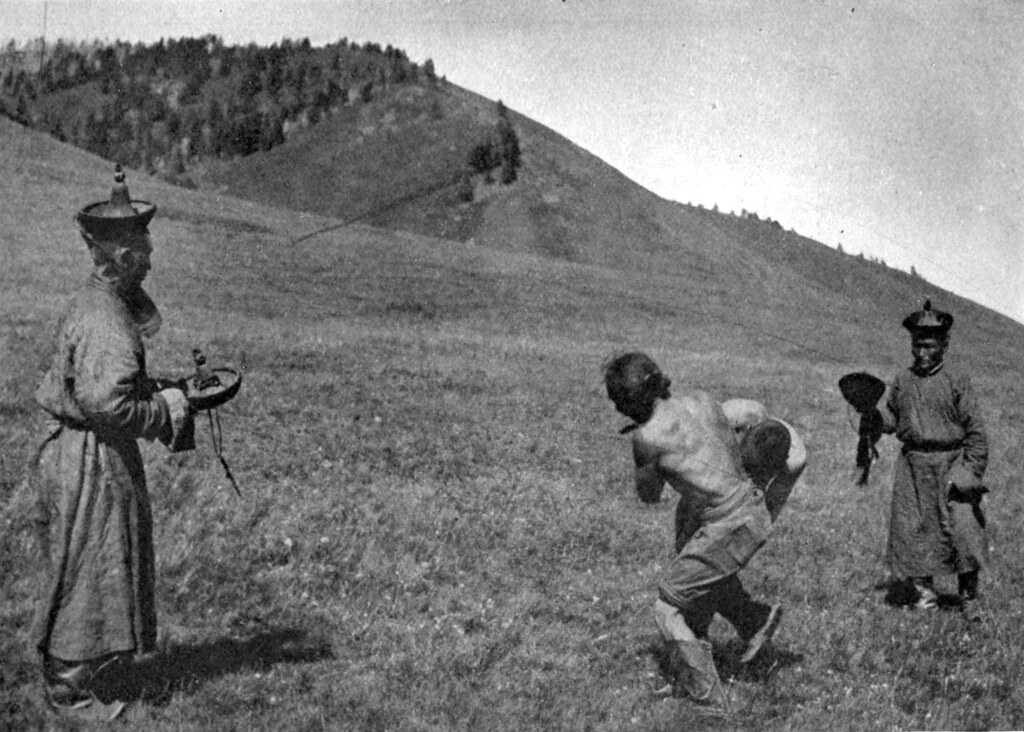


The subjects of Yvette’s photographs from the trips to Central Asia were varied — landscapes, animals, people, and places — a broad impression that sought to show how the people lived, how they worked, and what their livelihoods depended on. Her written descriptions tended to emphasize the non-Western-ness of the indigenous communities encountered and were peppered with stories about her attempts to successfully photograph reticent subjects.
Of all natives whom we tried to photograph the Tibetans were the most difficult. It was almost impossible to bribe them with money or tin cans to stand for a moment and when they saw the motion picture camera set up beside the trail they would make long detours to avoid passing in front of it. …What we could not get by bribery we tried to do by stealth and concealed ourselves behind bushes with the camera focused on a certain spot upon the road.4
In addition to depicting the camels, antelope, and vast expanse of the Central Asian steppe, her lens turned to human stories. She showed her readers what she called the cruelty of foot-binding with portraits of women who could barely balance upright on their tightly bound feet. She also captured images of the animals shot by Roy and the expedition in their quest to provide the museum with provenanced zoological specimens. In short, her photographs introduced European and American audiences to Central Asia, offering readers a chance to become acquainted with the lives, cultures, economies, and politics of peoples living very different lives on the other side of the world.


Her photographs also show the demands, complexities, and technologies associated with early twentieth-century field and expedition photography. The expeditions’ photographic equipment included a variety of cameras — two 3A Kodaks, a Graphic 4 x 5 tripod camera, as well as a Graflex 4 x 5 for rapid work. These were standard cameras for travel, expeditions, and scientific work; standard enough in their popularity and manufacture that, at a pinch, the expedition would most likely be able to purchase additional film or plates. Yvette opted to use plates almost exclusively for any fine-grained photographic work, although she conceded that these were much heavier and more difficult to handle than films; for the scientific detail the expeditions required, however, she considered the plates vastly superior.
Photography plates and negatives were developed in-field, with the use of a collapsible rubber dark room made by Abercrombie & Fitch Company that was about seven feet high and four feet in diameter. The dark room was incredibly versatile and built to deal with tough field conditions as it “could be hung from the limb of a tree or the rafters of a building and be ready for use in five minutes.”5 Yvette set up her “little rubber darkroom”, as the press called it, “in any convenient tree branch, wherever she pleased, and developed [the expedition’s] pictures in temperatures of 105 in the shade, with a humidity of 150.”6
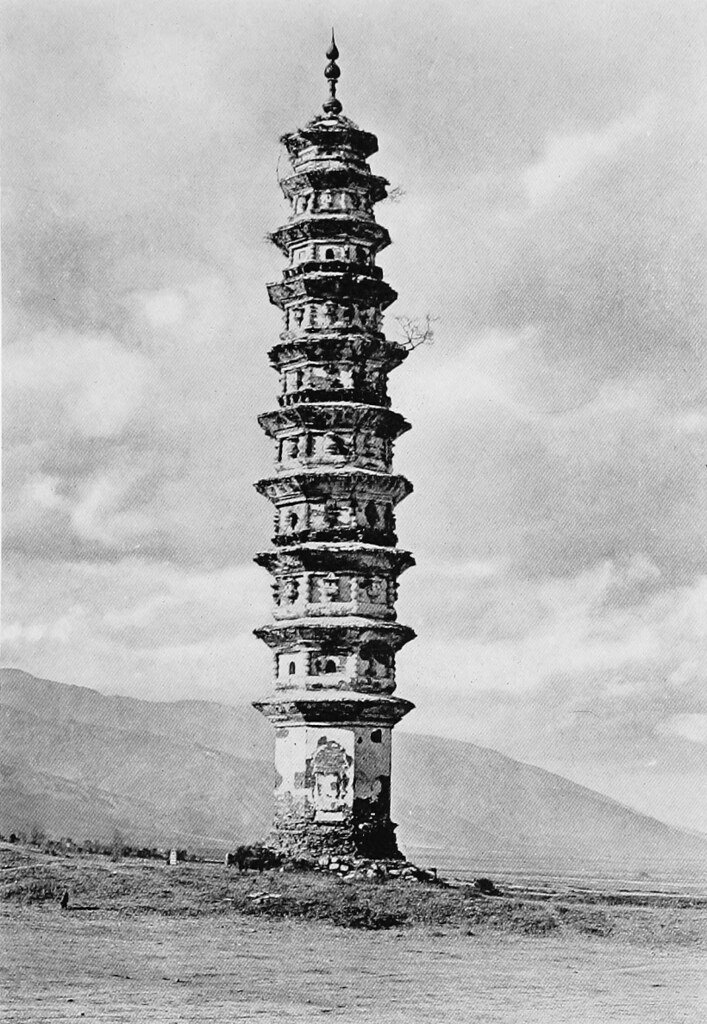

In addition to the still photography, the expedition packed a Universal camera for motion pictures. To develop the motion picture negatives, Yvette utilized a special collapsible darkroom made of red cloth that could be attached to the inside of any tent, designed by the famed conservator Carl Akeley when he worked at the American Museum of Natural History.
At the end of the First Zoological Expedition, the team came home with 150 Paget color plates; 500 photographic negatives; and 10,000 feet of motion picture film. (As well as over 3000 zoological specimens acquired for the museum.)
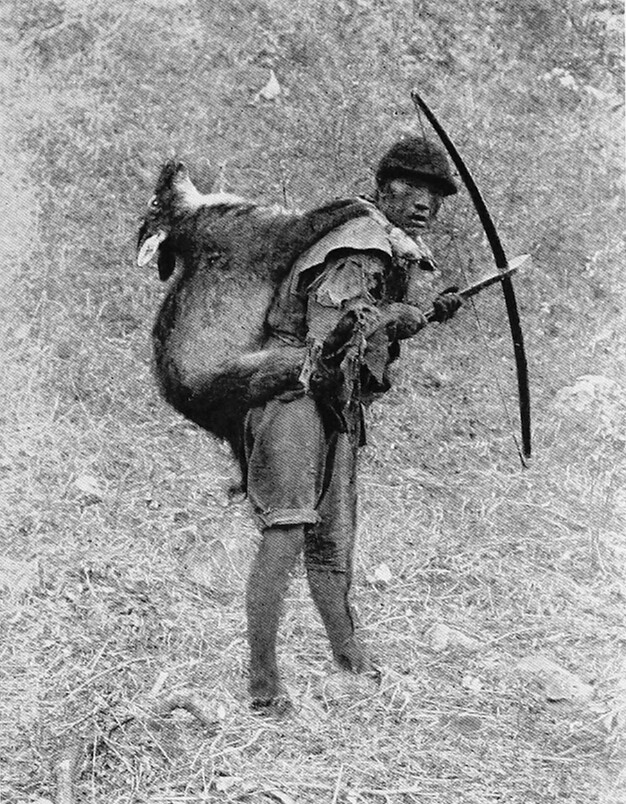

The Second Zoological Expedition was Yvette’s final stint as an official expedition photographer. She traveled with her husband on the later Central Asiatic Expeditions of the 1920s, but her photography of indigenous Mongolians is merely a passing comment in Roy’s 700-page-tome, The New Conquest of Central Asia, published in 1932. However, it is worth noting that this “passing comment” refers to the images that she and James Shackelford shot on April 21, 1922, of the Maidari Festival in Urga, Mongolia — images which turned out to be of incredible historical and ethnographic significance as it was the last Maidari Festival ever enacted due to growing political issues between China and Mongolia. It’s perhaps not totally outlandish to see Yvette’s scant mention in Roy’s 1932 book as connected to the fact they’d divorced a year earlier.
Today, Yvette’s work with the Asiatic Zoological Expeditions remains largely uncategorized and unrecognized — even systematically written out of some historical accounts of Roy’s life. Although her photography from the first two zoological expeditions may have become overshadowed by Shackelford’s photographs from the much more famous fossil-based Central Asiatic Expeditions of the 1920s, the images she captured offer an important frame for understanding the world of early ethnographic photography. Her unique photographs act as still-life narratives of peoples and places that captivated audiences, and stand as a testament to the oft-overlooked aspects of twentieth-century scientific exploration.
Lydia Pyne is a writer and historian, interested in the history of paleoanthropology, archaeology, museums, collections, and material culture. She is the author of Bookshelf,
Seven Skeletons: The Evolution of the World’s Most Famous Human Fossils, and the co-author of The Last Lost World: Ice Ages, Human Evolution, and the Pleistocene. @LydiaPyne / http://pynecone.org
1. “The Unfortunate Divorce of the Man Who Discovered Dinosaur Eggs,” The Santa Fe New Mexican, July 29, 1931.↩
2. Roy Chapman Andrews, Across Mongolian Plains: A Naturalist’s Account of China’s “Great Northwest”, 1st ed. (New York & London: D. Appleton and company, 1921), p viii.↩
3. “Into The Jungle,” The Charlotte Observer, April 6, 1916.↩
4. Roy Chapman Andrews and Yvette Borup Andrews, Camps and Trails in China: A Narrative of Exploration, Adventure and Sport in Little-Known China, (New York & London, 1918), p 179.↩
5. Ibid., p 76.↩
6. “The Unfortunate Divorce of the Man Who Discovered Dinosaur Eggs,” The Santa Fe New Mexican, July 29, 1931.↩